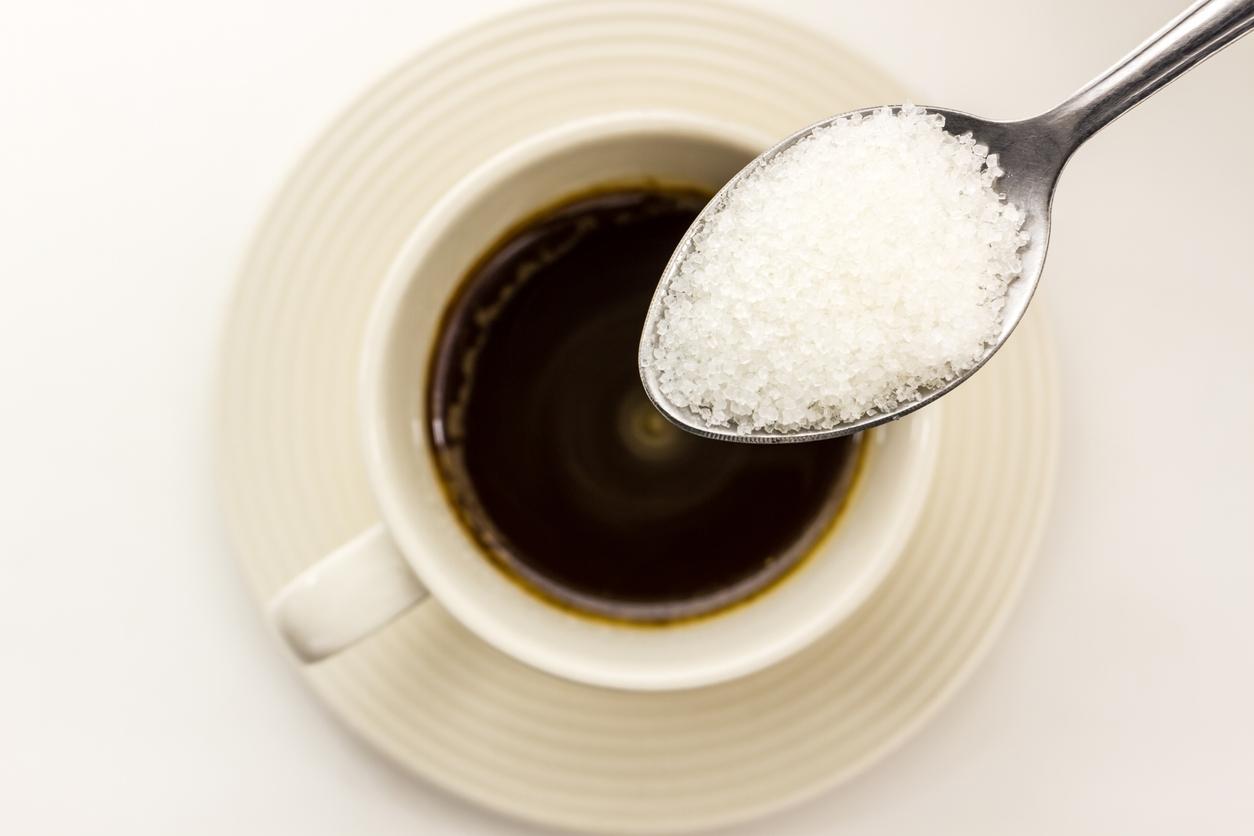People recently diagnosed with diabetes and having short or long sleep duration are more likely to suffer from microvascular diseases.

- Microvascular diseases, such as retinopathy and nephropathy, are damage to small blood vessels.
- In patients with newly diagnosed type 2 diabetes, both short and long sleep durations increase the risk of complications compared to optimal sleep duration.
- Age amplifies the link between short sleep duration and microvascular disease.
Microvascular complications, such as retinopathy and nephropathy, which are damage to small blood vessels, are major contributors to complications associated with type 2 diabetes. Increasing evidence suggests that variations in sleep duration may influence the risk of developing these complications associated with this chronic disease. In the context ofa studyresearchers from Odense University Hospital (Denmark) wanted to explore the link between sleep duration and the presence of microvascular diseases in people recently diagnosed with type 2 diabetes.
Sleep duration of 396 diabetic patients was assessed
For the purposes of the work, the team used data from a Danish cohort on type 2 diabetes. A total of 396 adults had valid measurements of sleep duration, urine tests and an eye examination. The median age of the participants was 62 years with a mean duration of diabetes of 3.5 years. The sample was mainly overweight patients, with a median BMI of 31 and 68% were taking antihypertensive medication.
To obtain their sleep duration, the volunteers had to wear an accelerometer for 10 days. Sleep duration was classified into three categories: short (less than 7 h), optimal (7 to 9 h) and long (9 h or more). “Microvascular disease was defined either by a urinary albumin/creatinine ratio greater than or equal to 30 mg/g or by the presence of diabetic retinopathy assessed by mydriatic retinal imaging or ophthalmoscopy.” Then the authors took into account other factors, such as age, sex, BMI, systolic blood pressure, smoking habits, and glycated hemoglobin levels.

Type 2 diabetes: sleeping too little or too much increases the risk of microvascular damage
According to the results, which will be presented at the annual congress of the European Association for the Study of Diabetes (EASD) in Madrid, from September 9 to 13, 49 participants had short sleep duration, 238 had 7 to 9 hours of sleep and 109 had long sleep. The prevalence of microvascular lesions was 38%, 18% and 31% in the short, optimal and long sleep duration groups, respectively.
According to the authors, short sleep duration was associated with a 2.6-fold increased risk of microvascular disease compared with optimal sleep duration. Similarly, long sleep duration was associated with a 2.3-fold increased risk of microvascular disease compared with optimal sleep duration. Furthermore, the association between short sleep duration and microvascular disease was accentuated by age. “For diabetic patients younger than 62 years, short sleep duration increased the risk of microvascular damage by only 23% compared with optimal sleep duration, but for adults aged 62 years and older, short sleep duration was associated with a 5.7-fold increased risk of small blood vessel damage compared with optimal sleep duration.”
















